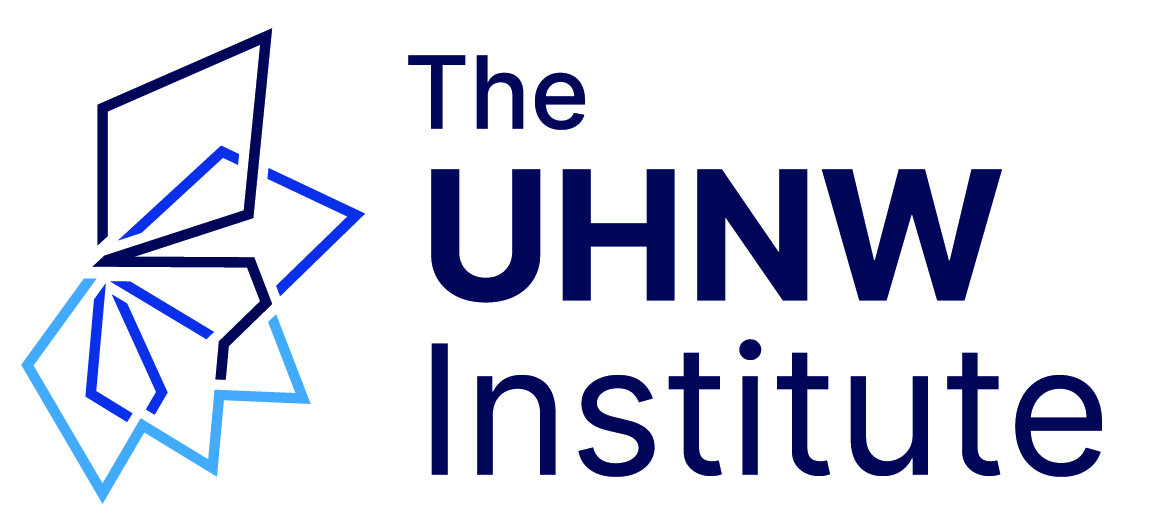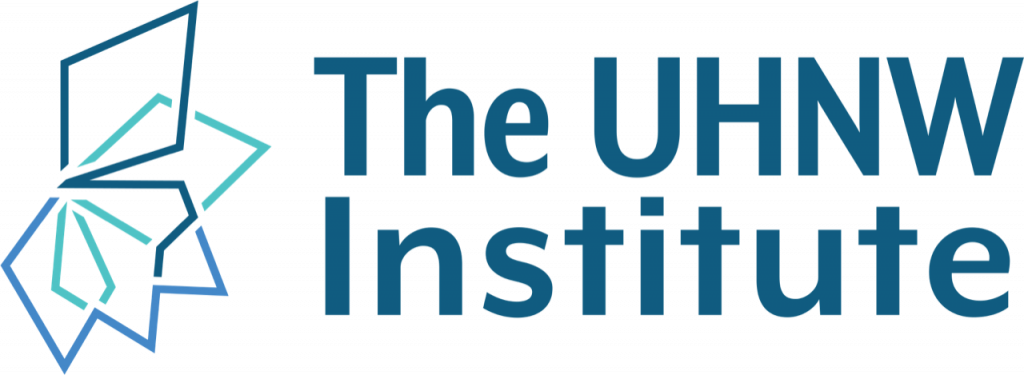Responding to the Crisis: Business as Usual or New Behavior for Family Businesses?
The current crisis is turning everyone’s world around in ways that couldn’t even have been anticipated a few weeks ago. After a half century of talking about the pace of change speeding up and the many innovations that are reorganizing our behavior, now we suddenly have come upon a situation that makes it impossible not to change. We simply have no way to plan for what to do next, or how to manage the pace of the upheaval. And yet every day we must act, and even make some tough choices, without any real information about what’s the best direction to take.
Our businesses and wealth are threatened as never before. Without being able to go to work or attend school, we cannot imagine that things will just go back to some sense of normal. That uncertainty and inability to control makes us anxious. And when we’re anxious, we do impulsive and short-sighted things.
In times of crisis, feelings of anxiety and threat can cause people to draw inward and only look after themselves. That explains the lines at grocery stores and gun shops. The individualist model regards a business owner as a lone wolf, responsible to the business alone. Rather than seek help, the owner makes the tough decisions on his own.
But a crisis can also present the opportunity to lead more openly and plan together how to respond. By sharing their dilemma, they make it more likely to receive help and be available to each other.
For example, within resilient family businesses, owners are not just together to make money, but to share other values, responsibilities to each other, and a commitment to the future. We see family businesses acting in more collaborative ways. These directions are more adaptive and helpful than acting alone.
The owner of a small family business has no idea what will happen next. He or she must deal with anxiety among family members, employees, customers, suppliers, and the community. What was built over time is suddenly threatened. Rather than do it on his own, he has the opportunity to bring others in and develop a shared response.
Here are some thoughts about responding to crisis as a family business owner.
The Family. They have grown used to the security of your business. Even if it has ups and downs, they’ve learned to depend on you. Rather than give reassurances that you may not be able to deliver, it’s time for transparency and open discussion. This is a time to share the dilemmas — fixed costs, debt, obligations and cost of doing business. A family discussion of what is happening and the difficult choices that are being made, paradoxically, can do more to build security and instill confidence than hollow reassurance.
This may be the time to talk to your children about how business operates and the challenges ahead. You can talk about what you are doing and even ask for help. The family might create an austerity plan and talk about how to help each other during the quarantine, and afterwards.
Another issue is how to cope with loss. Loss of time at school, with friends and colleagues, and of income is deeply upsetting. It’s easy to get angry. A family can also learn and discuss how, even with their loss, they are privileged in so many ways. This doesn’t erase the feeling of loss, but can help family members have compassion for others and see beyond their own limited self-interest.
Employees. Each day, local businesses are trying to stay afloat on a shoestring, opening only as needed in order to carry out essential services and responsibilities. Many are having to let long-term staff go. For many family business owners, staff members are regarded as quasi-family. Some businesses are making a plea to customers and patrons to contribute to funds for their laid off employees.
Family business owners need to be open with their employees, transparently communicating information and concerns, and try to ensure that everyone, not just employees, share the burden. This response is one that recognizes financial reality, but which sustains social capital by respecting all stakeholders.
All of these responses — collaboration, listening and reflection, and openness internally and externally, are qualities that will aid in the ability to bounce back after a crisis through learning and growth.

